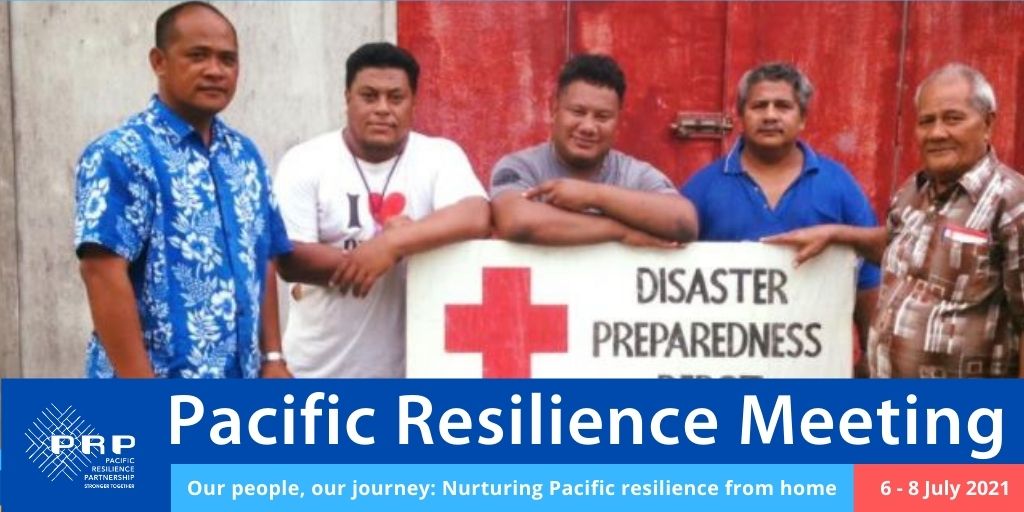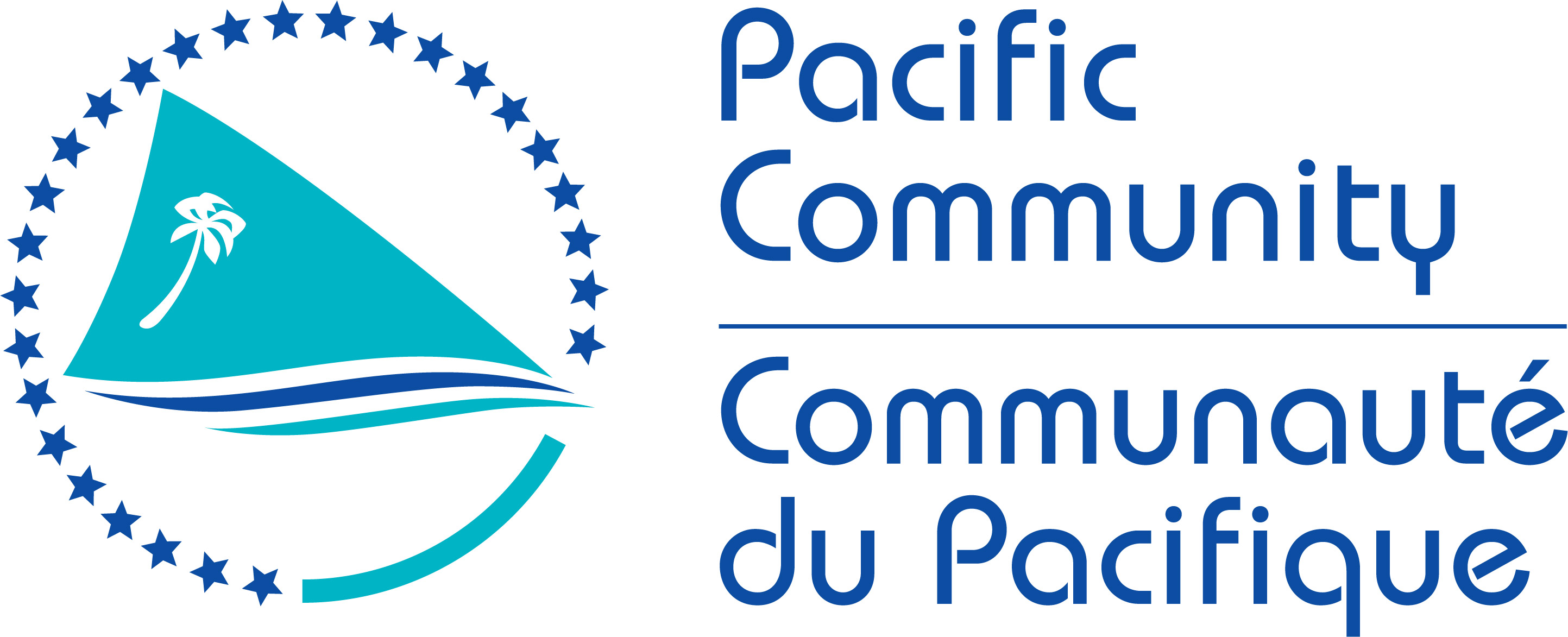
07/07/2021 By: Pasifika Wire
New Zealand
Identifying the challenges and potential solutions to improving risk communication in the Pacific region for disaster prevention, response interventions and clear messaging on COVID-19 has been highlighted during the three day virtual Pacific Resilience Meeting 2021.
Providing clear messages around disaster management and health messaging, to ensure all messages are inclusive of the community, are some of the discussion points raised by guest speakers during the session on Improving Risk Communication for Better Resilience in the Pacific.
David Hiba, Director of the Meteorological Service in the Solomon Islands, says early warning messages and getting out messages continues to be a challenge in the Solomon Islands. He attributes some of this to the geographical locations of the islands.
In the Solomons the islands are scattered and so you know its a challenge to take the message to the last mile.David Hiba Director Meteorological Service Solomon Islands
Mr. Hiba says due to the lack of communication infrastructure around the country it can be difficult. The country depends heavily on radio, internet and mobile coverage to disseminate information.
Another challenge Mr. Hiba highlights is understanding the risk information. He says literacy levels are very low for around 80 percent of the people living in rural areas in the Solomon Islands. “When providing the scientific forecast it’s very hard for people to understand and act on information. So there is a need to shift from the conventional forecast and warnings to provide a product that people can understand,” he adds.
Mere Roden, Chair at Viti Disability Inclusive COVID19 in Fiji and strong advocate for the disabled community, says communication and messaging for persons of disability are important and it is important they have well informed messages to get across in times of disasters. Mere says they also identified some areas that needed to be improved for the disabled community in particular around the messaging for the COVID-19 pandemic.
She says messages from the Ministry of Health did not appear to be inclusive in terms of providing messaging tailored for persons of disability. She says the messages need to cater to those who are visually impaired and people who are deaf. She adds when it comes to key messages around risk communication and COVID-19, they need a voice at the decision making table.
They need us persons of disability to be part of planning that takes place and any discussions. Mere Rodan Chair at Viti Disability Inclusive COVID-19
Samuel Muchemi, Scientific Officer DRR_PS at the World Meteorological Organisation, says the problems faced in the Pacific in terms of communication are also experienced in other parts of the world. Mr. Muchemi says there are some exercises that organisations can use when it comes to delivering risk communication.
What we found out is that to overcome this problem of communicating and getting people to understand what you’re saying is in the preparation you do ahead of doing the work. Avoid using jargon and technical information that people do not understand. Samuel Muchemi Scientific Officer DDR_PS WMO
Participants shared their thoughts and experiences around risk communication and the need for it to be understandable and accessible to the public, especially the most vulnerable groups, including women and girls, the elderly, and persons with disabilities.
The Pacific Resilience Meeting concludes tomorrow.
Image credit: Sharon Tohaimae

